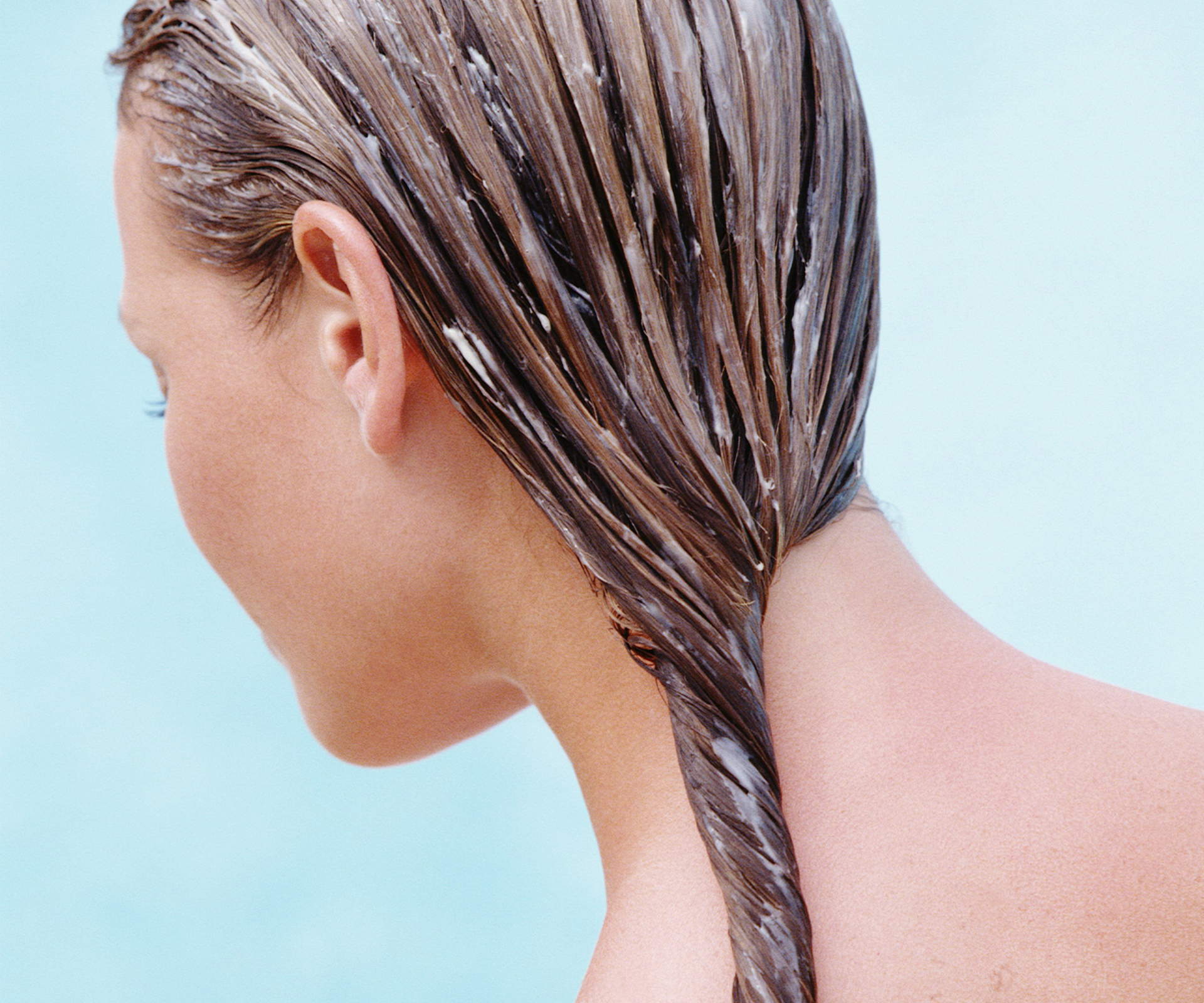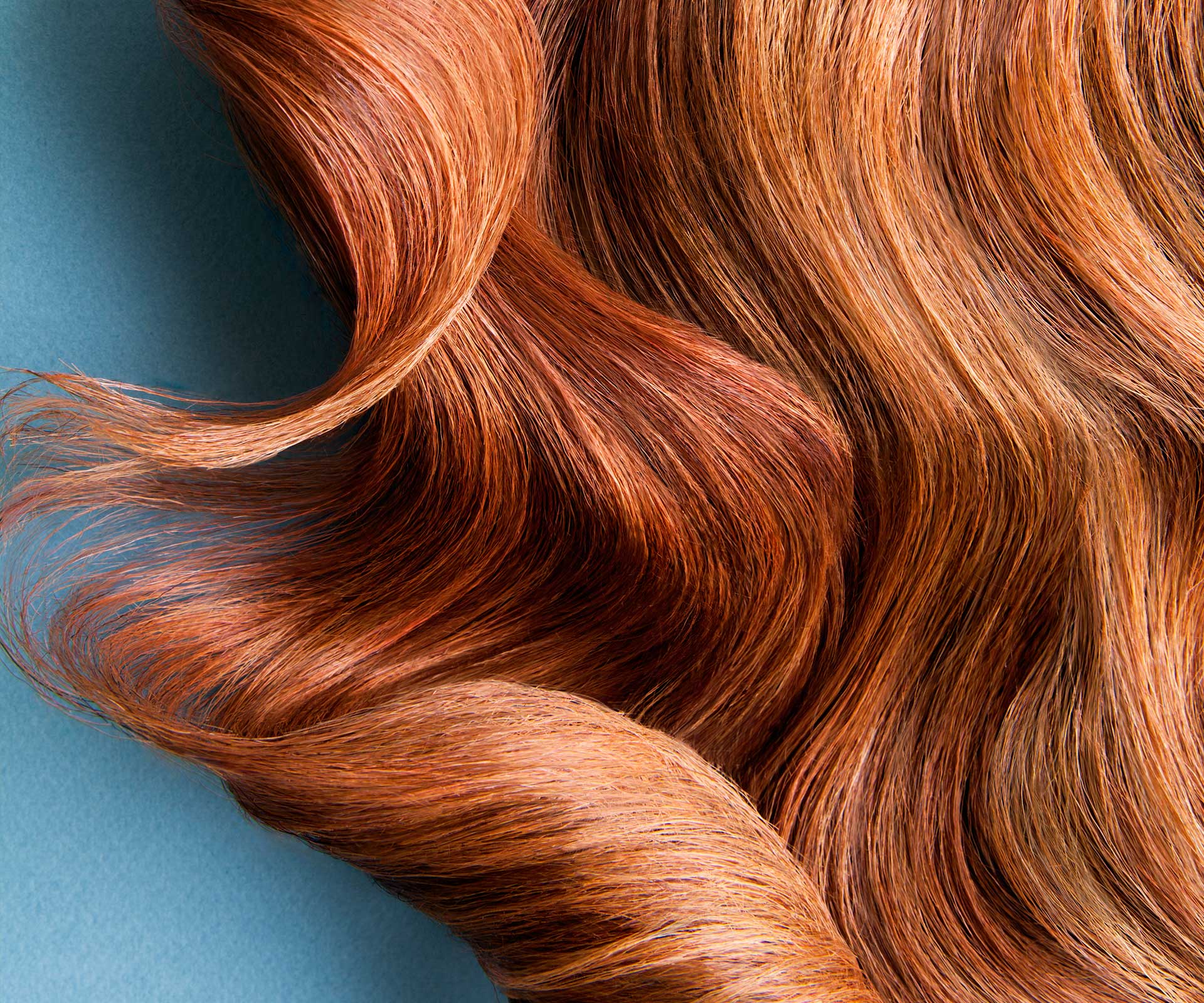Forking out for shampoo and conditioner can be costly, especially if you use expensive brands – so it’s no wonder that most people regard extra hair treatments as an every-now-and-then treat.
Regular treatments however, are the key if you want to actually improve the quality, appearance and texture of your hair – beyond the surface.
While they’re often confused with deep conditioners, which provide temporary protection and strength to the hair – treatments actually penetrate the hair, restoring and maintaining internal strength.
Whether your hair is dry, frizzy, dull or breaking off – or you just use heat tools regularly – here’s how to choose the right treatment for you.
If your hair is normal

Marrakesh Oil Serum containing Argan oil is suitable for all hair types. The lightweight formula makes it ideal for everyday use, as Argan oil softens the hair and adds great shine by smoothing the hairs surface. And the best part is it can be used on wet or dry hair.
“I like to keep my basin clutter free – but there’s one thing that is my absolute staple. Four quick bursts of Schwarzkopf Marrakesh Oil Serum through my towel dried hair every morning ensures that my look is soft, supple and feminine…and it smells amazing,” says Andrea from Auckland.
“Honestly, it’s the fastest way to getting goddess hair on a daily basis.”
If your hair is thin and flat

You need a lightweight formula that improves the suppleness of your hair without leaving a residue. Try Marrakesh Mousse with the restorative properties of argan oil, its light and easily absorbed by the hair.
If your hair is dry, damaged or prone to breakage

You need a product that is designed to combat damage from colouring hair regularly or heat styling.
Try Fibre Therapy which uses Omegaplex® to help reinforce and strengthen the hair fibres, making it stronger from the inside out.
“As someone who is always chasing the Nordic blonde look, my hair has to endure bleach. After using Fibre Therapy, I noticed my hair became healthier and less frizzy,” says Tamsin from Auckland.
If your hair is looking dull, try Ultimate Repair Bi-Phase with liquid keratin – it will reinforce the protein levels in your hair and improve the shine.
If you have long hair but you get split ends

You need a treatment that seals the ends of your hair.
Try Ultimate Oil Elixir which has a combination of precious oils and liquid protein and leaves your hair smooth and bouncy.
Jee from Auckland said, “As a result of using Ultimate Oil Elixir, I feel my hair is softer and definitely has more shine to it without being too oily at the roots. My hair is naturally wavy and the product helped it to look voluminous and bouncy!”
If you colour your hair, but it fades

The main problem with adding colour to hair is that it fades too quickly. By using a product with a UV filter like Colour Protect & Shine, you can slow down the fading process.
“I’ve coloured my hair for more years than I can remember and often, it would fade quickly after being coloured,” says Bridget from Auckland.
“After using the Colour Protect and Shine system, my hair looked more vibrant for longer, and it seemed smoother and easier to manage, too.”
With a leave-in product you’ll also add extra protection to the surface of your hair, giving it added shine.
If your hair is thick or curly

You need a moisturising product to prevent frizz.
Try Moisture Gloss, it hydrates the hair while retaining the shape of your natural curls and prevents tangling.
Aiden from Auckland often has problems with dry and hard to control hair and had this to say about Moisture Gloss, “After a few uses it became clear to me that my hair was not just easier to manage, but also devoid of the dryness that had previously made it difficult to work with. Moisture Gloss made my hair look and feel better than it has done in a long time.”
Treatments are often seen as something to use when your hair is damaged, however they should be seen as a preventative not simply a repair product. Why wait for your hair to become damaged when regular use of treatments can be the prevention?


